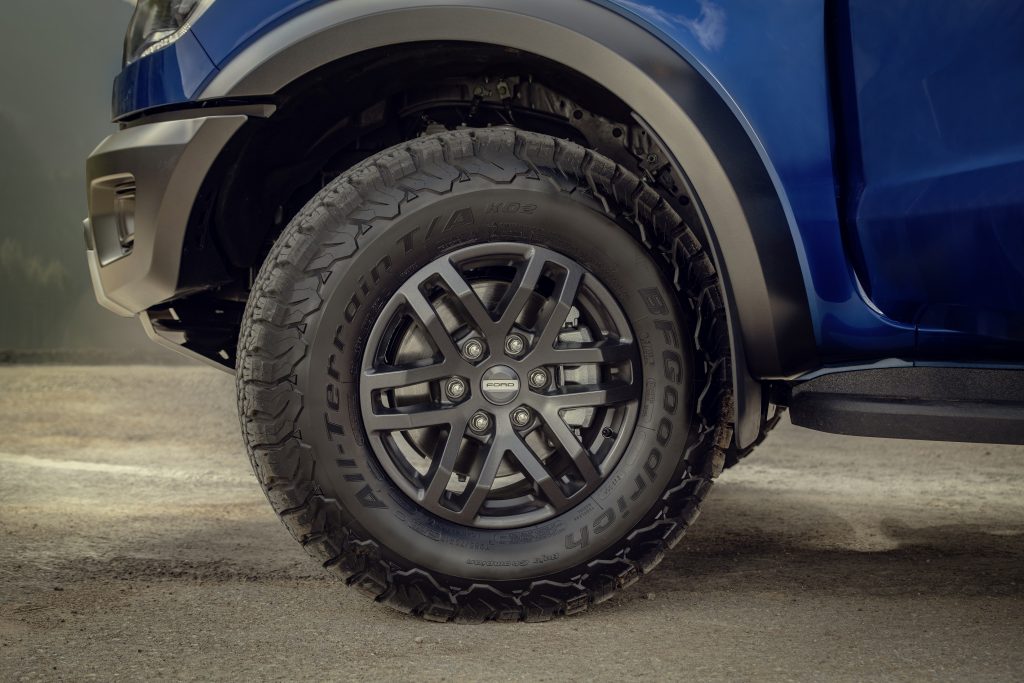XL tyres used to be a relatively niche thing. Not so nowadays. With the advent of petrol-electric plug-in hybrids, electric vehicles and SUVs, XL tyres are pretty much run of the mill, even on the most popular cars. But how do you know if your car needs XL or regular load tyres?
What are XL tyres?
XL stands for Extra Load. They are tyres that are designed to carry a heavier weight than regular tyres. To do this, you must inflate them to a slightly higher air pressure than regular tyres. And to cope with this, they must have reinforced sidewalls.
This reinforcing means they require extra technology, must be built out of stronger materials and are therefore more expensive to buy than regular tyres.
How do you know if your car needs them?
If your car is a compact SUV (such as a Kia Sportage) or bigger, and is either a self-charging hybrid, plug-in hybrid or electric, the chances are it will need XL tyres because of its weight. These cars tend to be heavier than regular cars because of the large batteries they have to carry around.
First of all, check your car’s user manual. In there, you should see what tyres the manufacturer supplied the car with. It will be quite specific and confusingly there will probably be a selection of several different tyres. This is because the user manual is written for a general model of car and the page about tyres will have to cope with all the various specifications, trims and power units that model comes in.
Once you’ve seen the tyre’s specification – something like 225/40 R18 92Y XL – then look at your car and see whether the writing on the tyres corresponds to one in the user manual and whether it’s an XL.

What if you can’t find it in the user manual?
Try calling the car manufacturer or ideally one of its dealers. The beauty of calling a dealer is they will supply tyres and should be able to give you a pretty accurate answer. They will also probably supply you with the tyres if you want, although we’d shop around, particularly using internet sales sites in order to get the best price.
Do you have to use XL tyres?
If your vehicle’s user manual or the manufacturer recommends that you use XL tyres, then yes, you should use them. Although in some instances you might get away with standard load tyres, if you load your car up with people or stuff, non-XL tyres may not be able to cope. Always err on the side of caution.
Do you have to use the same tyre brand the car came on?
The tyres cars are built with are called OE (for original equipment) fitment. There are advantages to using them because they’ll have been designed around your particular model’s quirks. However, you might find independent reviews that suggest alternative and possibly cheaper brands of tyre.
But be warned: tyres are all about compromise. They have to balance braking smartly in the wet with stopping effectively in the dry. They should also have low rolling resistance for better economy but strong durability. And some will even claim to reduce noise inside and outside the car.

I’ve been writing about cars and motoring for more than 25 years. My career started on a long-departed classic car weekly magazine called AutoClassic. I’ve since pitched up at Autosport, Auto Express, the News of the World, Sunday Times and most recently the Daily Telegraph. When I’m not writing about cars and motoring, I’m probably doing some kind of sport or working in my garden.







